At risk of repeating myself as another month reaches its conclusion, where on earth has the time gone? It only seems like yesterday that I was bemoaning my lack of visits to both local patches and yet, with March knocking at the door, I find myself in little better shape. Actually that’s not strictly true as I did manage to squeeze in one highly successful outing to the Upper Loughor a couple of weeks ago, notable both for its birds and complete lack of light. Honestly, a torch would not have gone amiss. Admittedly that might be a slight exaggeration but it was nevertheless seriously dull and despite a brief moment where the sun threatened to break through, that was how things remained for the rest of the day. Quite what effect this would have on the days birding was anyone’s guess but things got off to a promising start with a flock of some thirty thrushes feeding on festival field. Most were Redwing with a couple of Song and Mistle Thrushes thrown in for good measure, yet once again Fieldfares eluded us. They weren’t the only ones up and about either as a Nuthatch and several Goldcrest made their presence felt in hedges bordering the main road. Never let it be said that nature does not make use of every opportunity afforded to it, no matter the surroundings. More Redwings greeted our arrival at Castell ddu Farm with at least eight individuals spread out beneath the conifers though none were willing to entertain anything like an approach.
All this though was just a precursor to the main event which today was led by an extremely high tide. In fact there was only just enough dry land to squeeze around onto the footpath, an exercise which caused the mass exodus of Teal and Shelduck in their hundreds. I’d always presumed that such conditions would have brought the birds in but I never expected quite as high a density as this and quickly found myself in second heaven as I scanned through the masses. Over four hundred Lapwing, thirty Canada Geese, Little Grebe, four Little Egrets, singles of Redshank and Greenshank, seven Cormorants including a couple in stunning breeding plumage, Great Crested Grebe, Curlew and all the usual Gull species. I could see my patchwork tally ballooning before my very eyes, and yet more was to come. Perched out in the reeds was a grumpy looking Peregrine Falcon, overhead Buzzards called and from the muddy shore shot a quartet of twittering Skylarks. For someone who has spent the last four years flogging a rewarding yet often slightly barren patch this felt like finally hitting the mother-load. Yet within an hour it was all done, the tide having dropped at least a couple of meters taking with it most of the birds. If I’d not been so engrossed in my birding I’d have taken a photo or two of the gathering but instead will have to make do with one from after the event had finished. At least it should give a sense of where we were and I promise you’ll be seeing a lot more from here over the coming months, hopefully accompanied with a little sun if the weather gods decide to play ball.
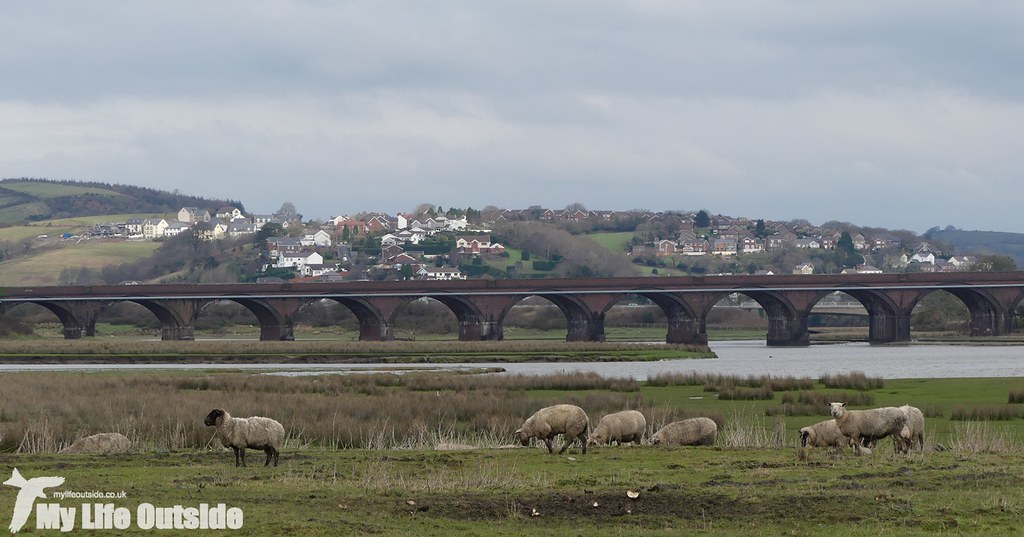
Heading upstream to church marsh delivered another couple of Bullfinches along with a flock of Long-tailed Tits and one lone Mistle Thrush. The now depleted river was where the real action was to be found though with a trio of Little Grebes quickly followed by male and females Goosanders. Sadly the latter were bidding a hasty retreat but did represent a brand new species for me at this site. Further goodies came as we negotiated the swamp that used to be a path before four moths of rain put paid to that, perfect habitat for the Common Snipe which popped up from very close quarters.
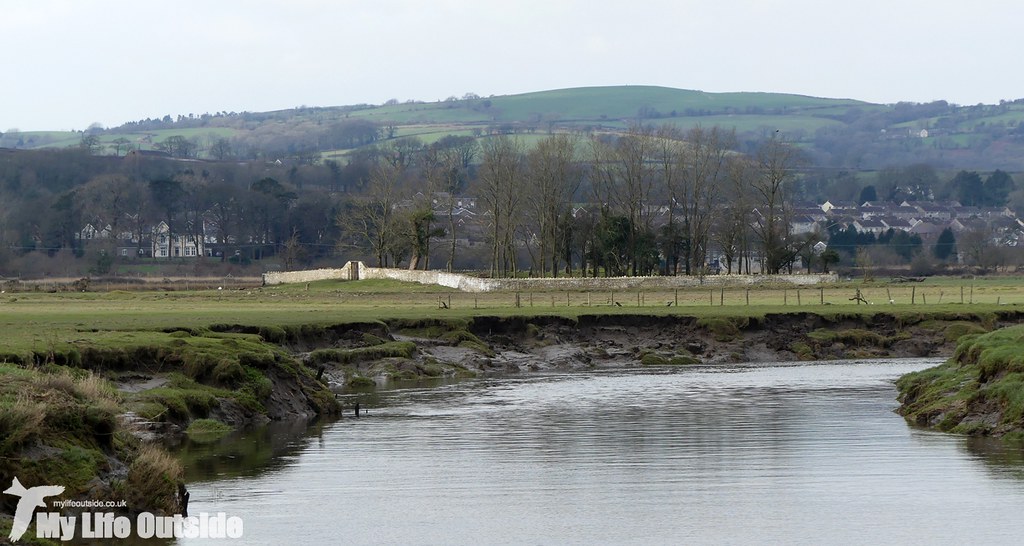
Our final call of the day was to Coed Bach Park, the only true area of woodland on this new Upper Loughor patch and the best place to see species such as Treecreeper, Nuthatch and of course Grey Squirrels. There were also a couple of unexpected surprises to be found including a wary Rat taking advantage of spilt seed (I love Rats) plus another couple of Redwing. It seems we’ve had a good winter for these locally despite the mild conditions and miraculously I even managed to find one not heading in the opposite direction. Admittedly it was buried deep within vegetation above us but once again my new camera allowed something to be captured. Impressive performance it has to be said.

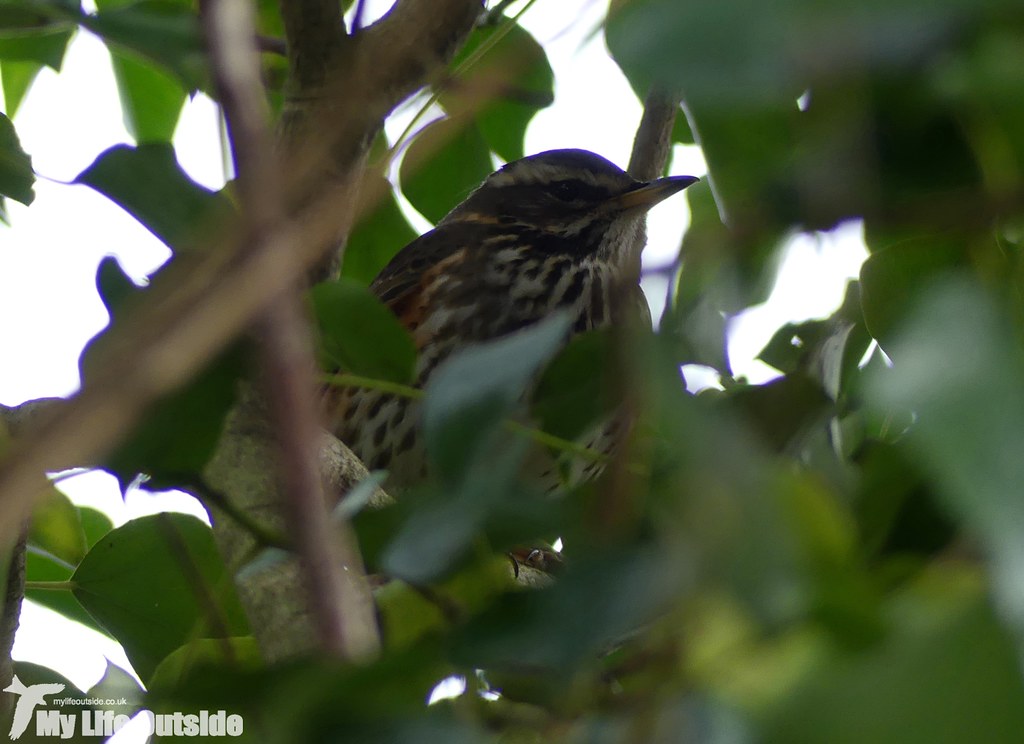

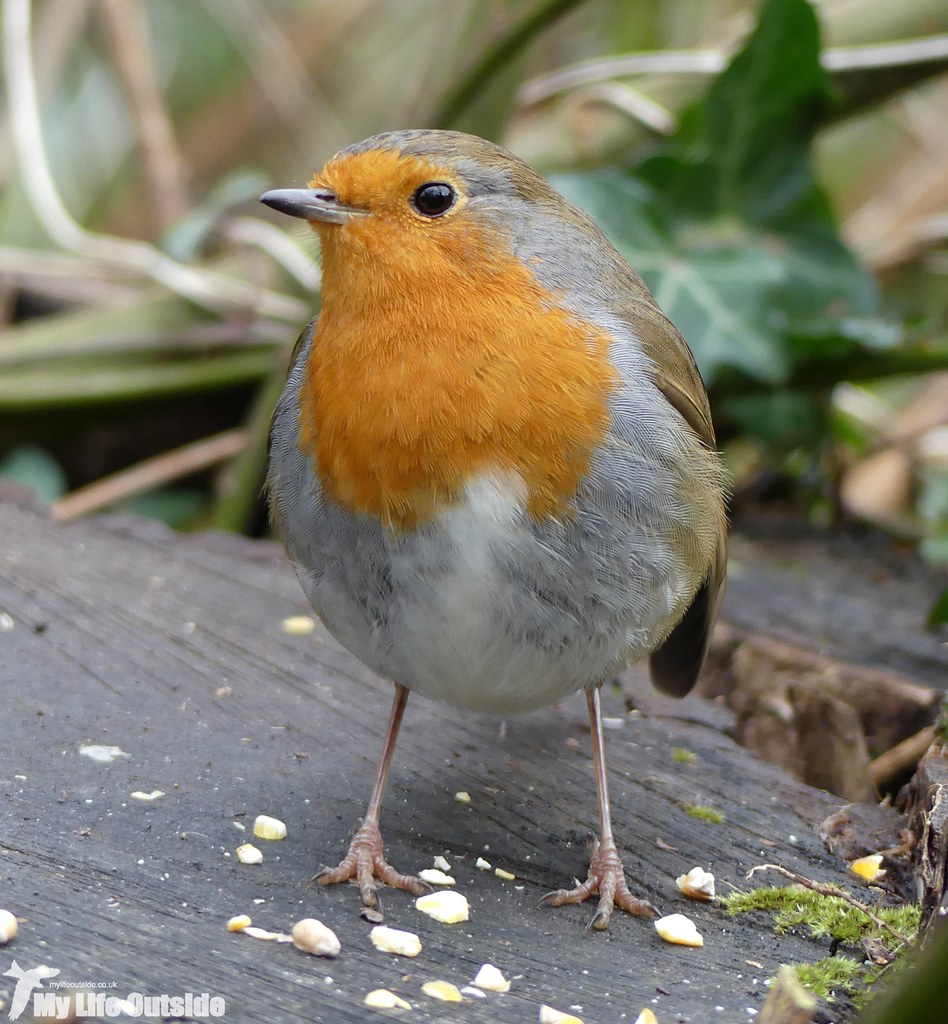
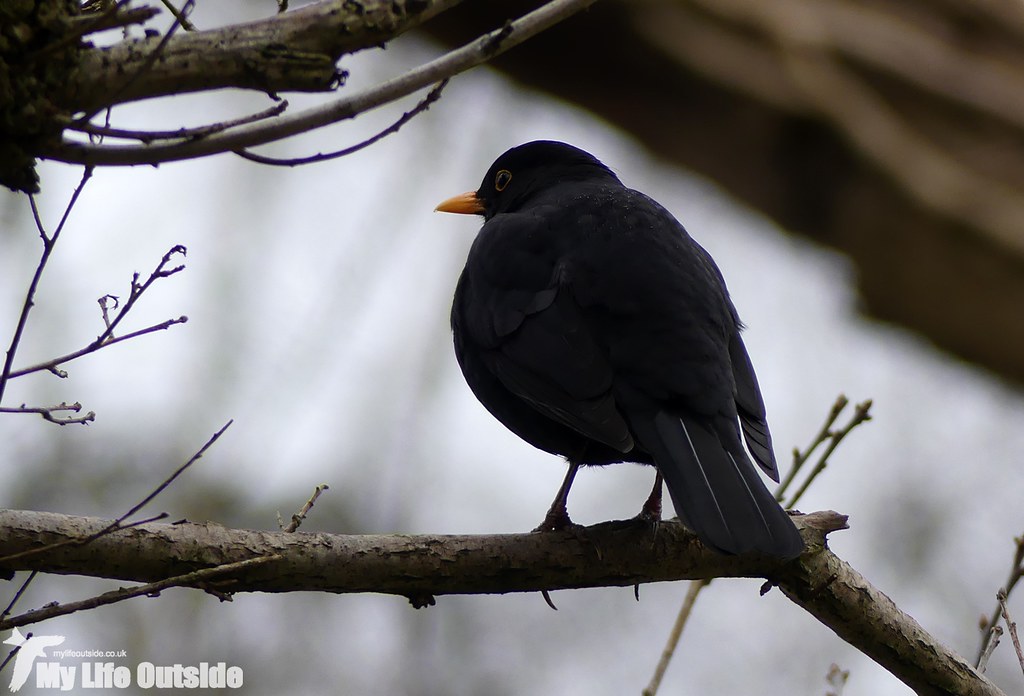
There was just time to catch up with a few of the commoner residents before my hunger finally got the better of me and we headed for home.
Fast forward a couple of hours though and I was back out, this time parked at Burry Port and walking the beach along to Tywyn Bach. By now the tide was well out yet the acres of sand left behind were anything but quiet. At least 150 Oystercatchers had been joined by over 300 Dunlin, an excellent count and probably one of my highest ever for the species. Also in the mix were six Sanderling and a couple of Curlew but the real action was to be found out on the estuary. There I found at least nine Great Crested Grebes plus two pairs of Red-breasted Mergansers and at least eight Brent Geese. Not a bad haul at all but I could have sworn that there was a Great Northern Diver out there somewhere, yet after my first sighting it seemed to vanish. Annoying but you can’t have it all I guess.
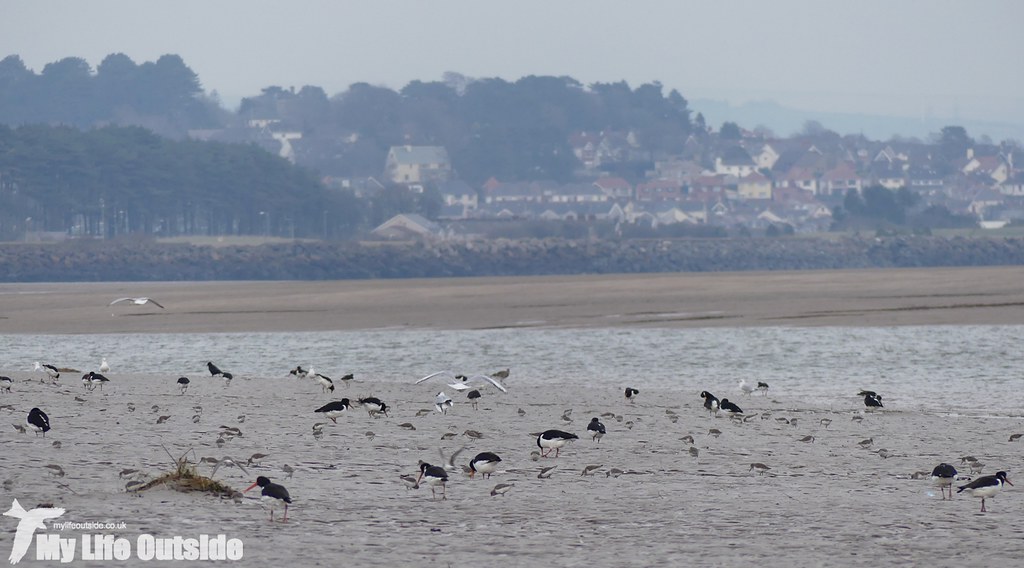
Cefn Drum – 2015: 69 / 2016:40
Upper Loughor 2015: 0 / 2016: 53



3 Comments
Dave · March 1, 2016 at 3:43 pm
Hi Adam, I can only echo your sentiments regarding trying to get out more, not loving the rather gloomy light that we have had to endure for weeks if not months and the excitement of actually getting out and having a rather good day……
Lovely first couple of images. Roll on Spring eh……
Adam Tilt · March 1, 2016 at 11:07 pm
Thanks Dave and it's certainly been a slog this winter.
Caroline Gill · March 2, 2016 at 4:09 pm
Particularly love the Rat pic., Adam!